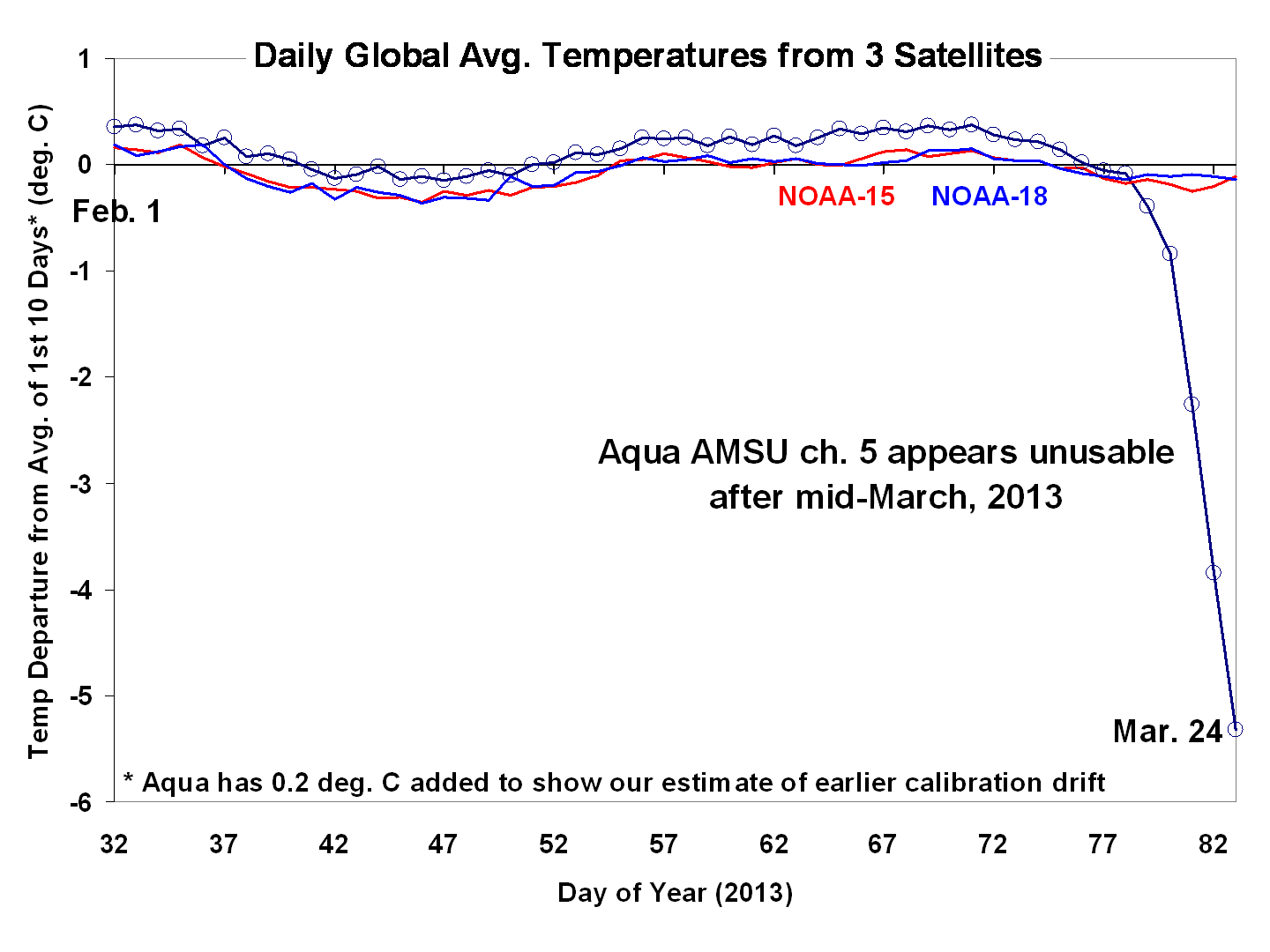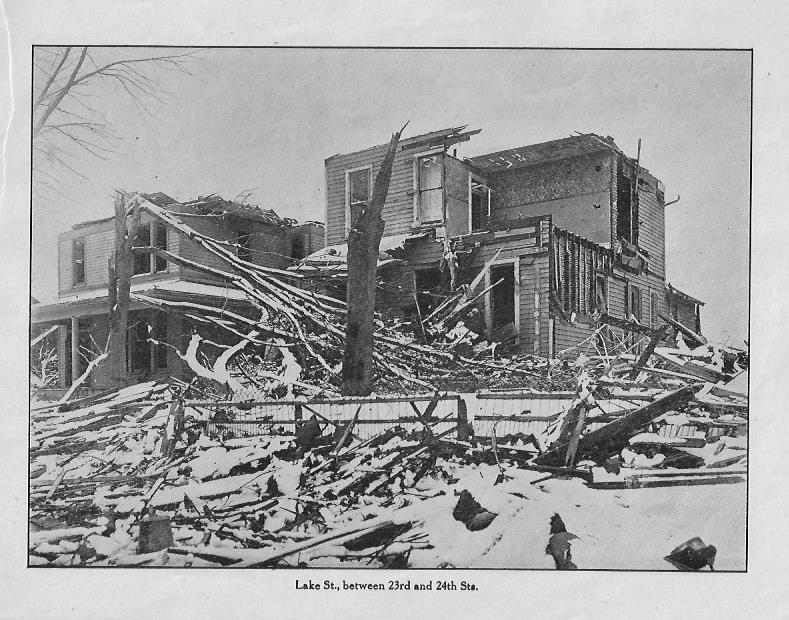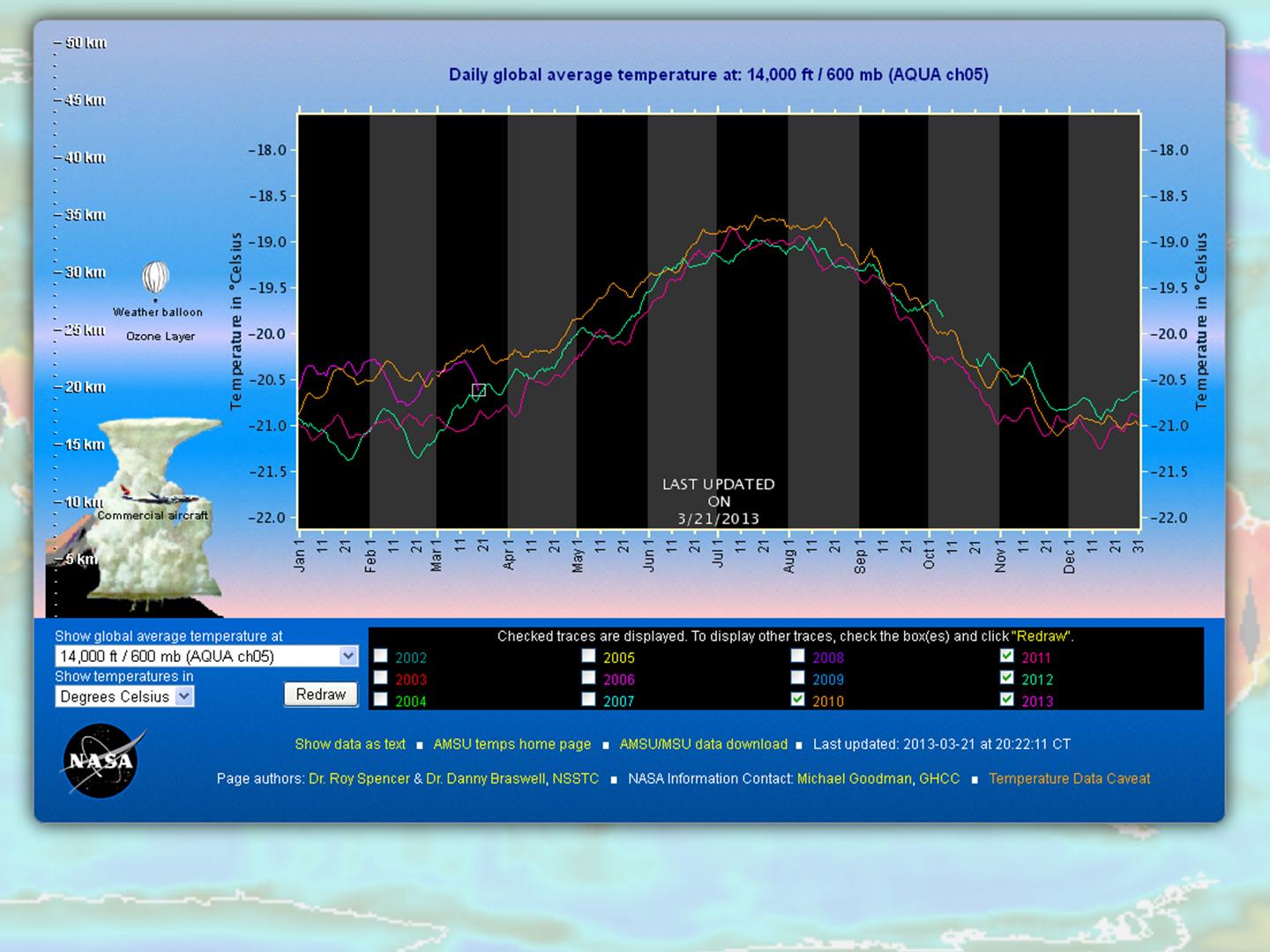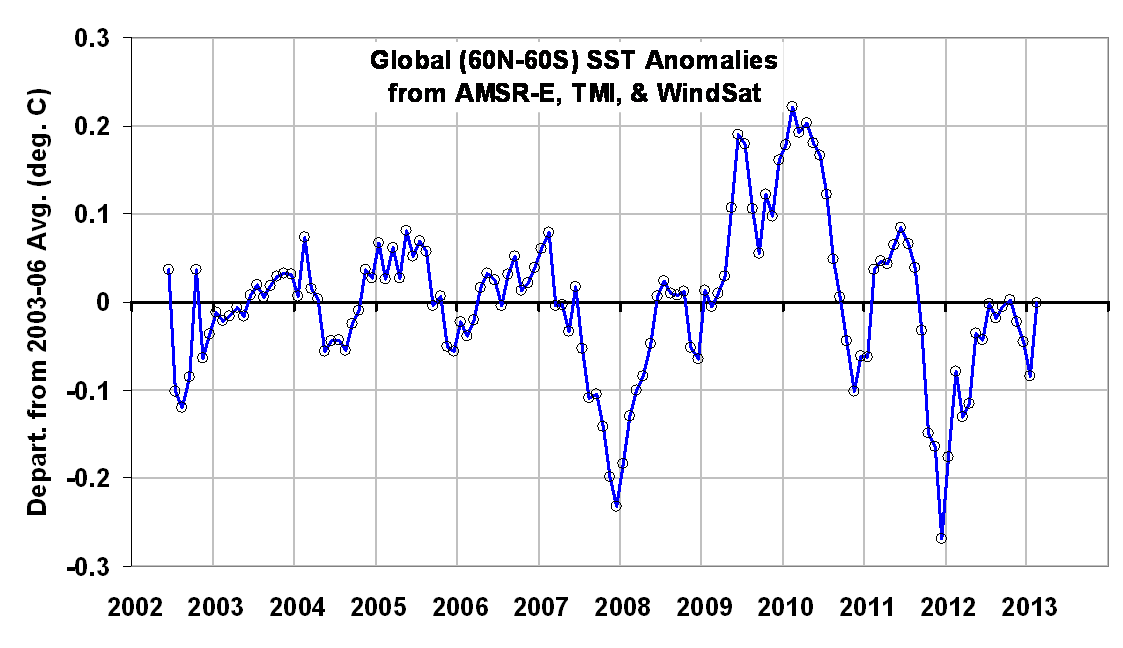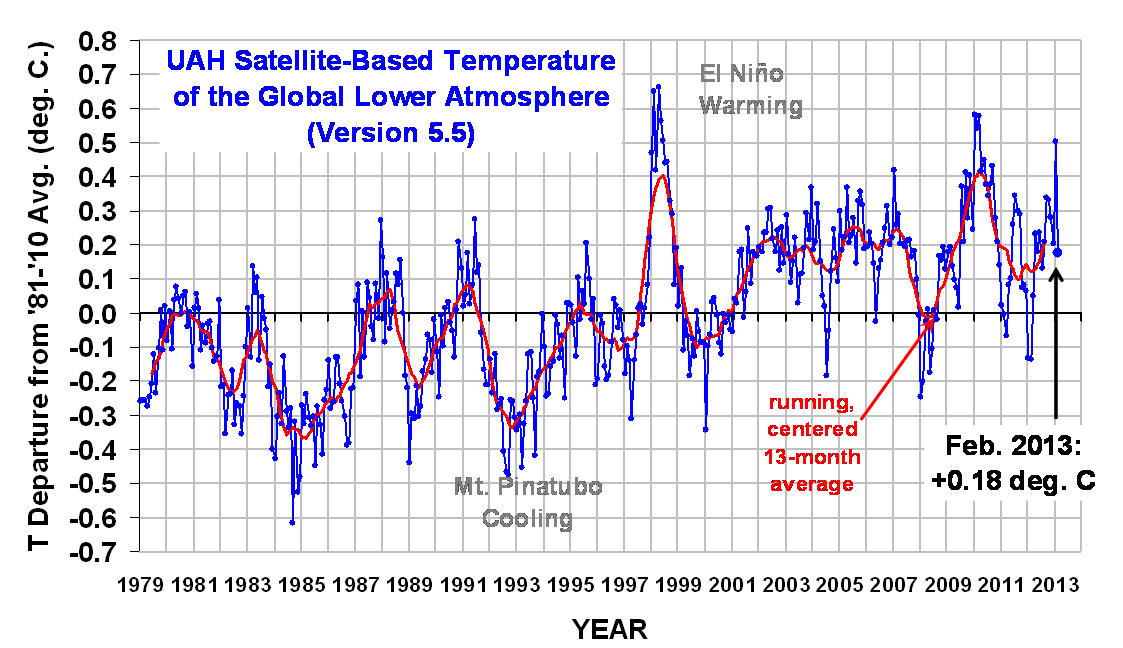Whenever I see reference to the regional nature of climate feedbacks, I cringe.
I will admit that what happens on a regional basis determines net global climate feedbacks, but feedbacks cannot be evaluated regionally. Feedbacks only make sense in the global average.
First, a summary of what climate feedbacks are, by definition: In response to a surface temperature change, other changes in the climate system (clouds, etc.) can either magnify (positive feedback) or reduce (negative feedback) the original temperature change. The single largest feedback is negative: the increase in infrared energy lost to space as temperature increases. This so-called “Planck effect” is what stabilizes the climate system against runaway change.
Cloud feedbacks are generally considered to be the most uncertain, and could be positive or negative (I believe they are negative). The contribution to water vapor feedback by the atmospheric boundary layer is almost certainly positive, but the free-tropospheric contribution to water vapor feedback is much more uncertain, since it depends upon microphysical processes within precipitation systems which are the source of free tropospheric air.
(And for those who object to the use of “feedback” in a climate context, sorry. Until a better term comes along which better reflects the recursive nature of the forcing-response process, we are stuck with it.)
So, why can’t feedbacks be evaluated regionally? Because a change in one region will, in general, affect other regions, through changes in atmospheric vertical circulation systems.
For example, if the Pacific warm pool was to warm, we might expect increases in clouds and precipitation there. But those changes are the result of increased rising air over the warm pool, and that extra rising air must — through mass continuity — be exactly matched by increased sinking air away from the warm pool…possibly thousands of miles away.
In fact, since in the tropics the areal extent of (weakly) sinking air is so much greater than that of the (strongly) rising air, the feedback response to a warming of the warm pool can be dominated by what happens thousands of miles away from the warm pool. This is why the original “thermostat hypothesis” of Ramanathan and Collins (1991) was widely criticized as too simplistic.
Feedbacks can only be evaluated over entire vertical circulation systems, and since these systems are interconnected around the world without clear boundaries, feedbacks really only make sense in the global average.
Now, it might well be that the feedback response is different for different kinds of forcing, or it might be that the net feedback varies over time as the climate system evolves in response to a forcing. My only point is that it doesn’t really make sense to talk about “regional feedbacks”, unless you know that the regional change has not affected vertical circulation systems that extend outside the region of interest. Sure, you can compute a number for the change in the regional radiative budget in response to a temperature change, but it would be incorrect to call that number the “feedback response” to the temperature change.

 Home/Blog
Home/Blog